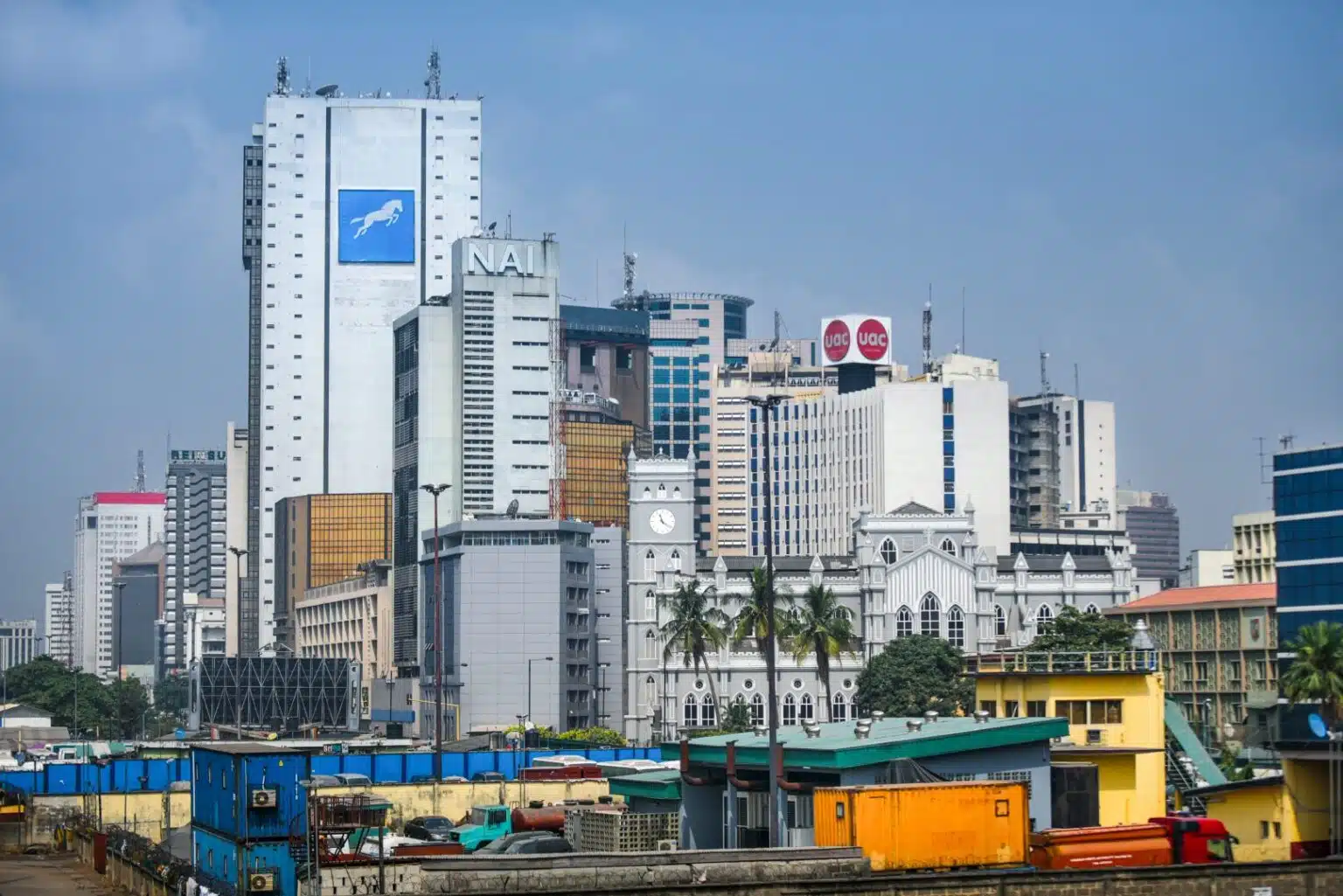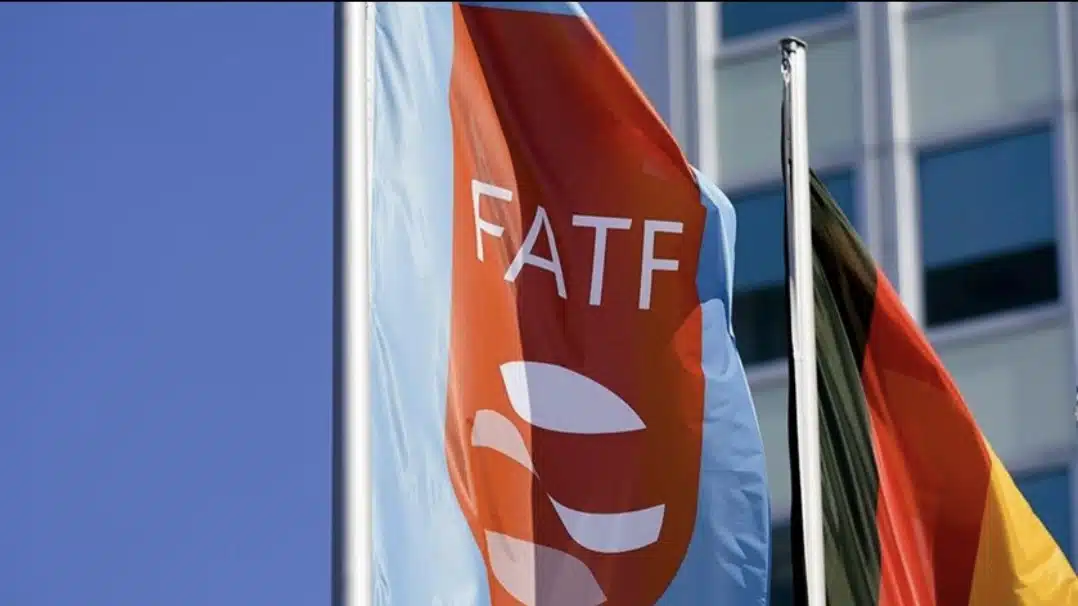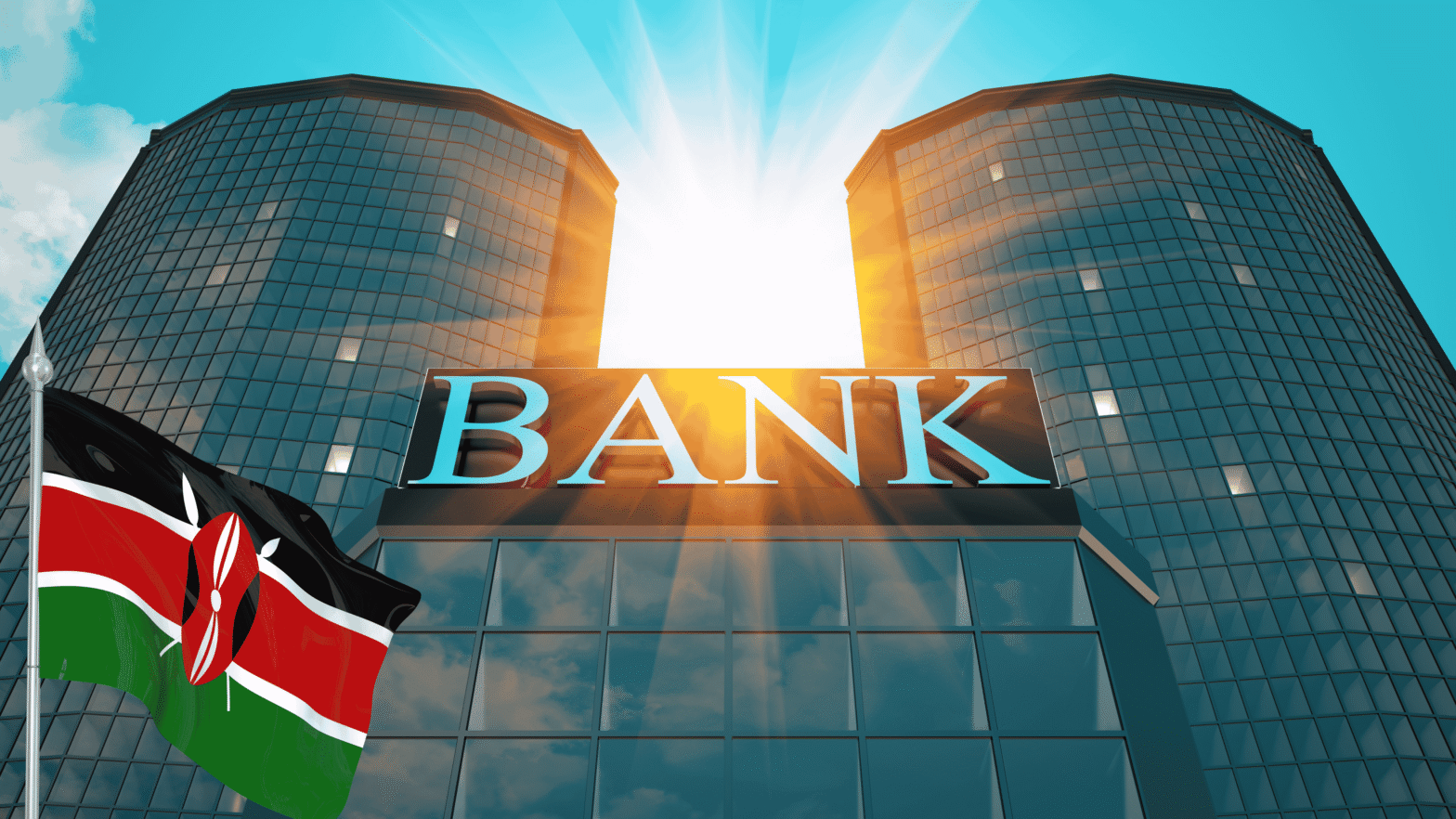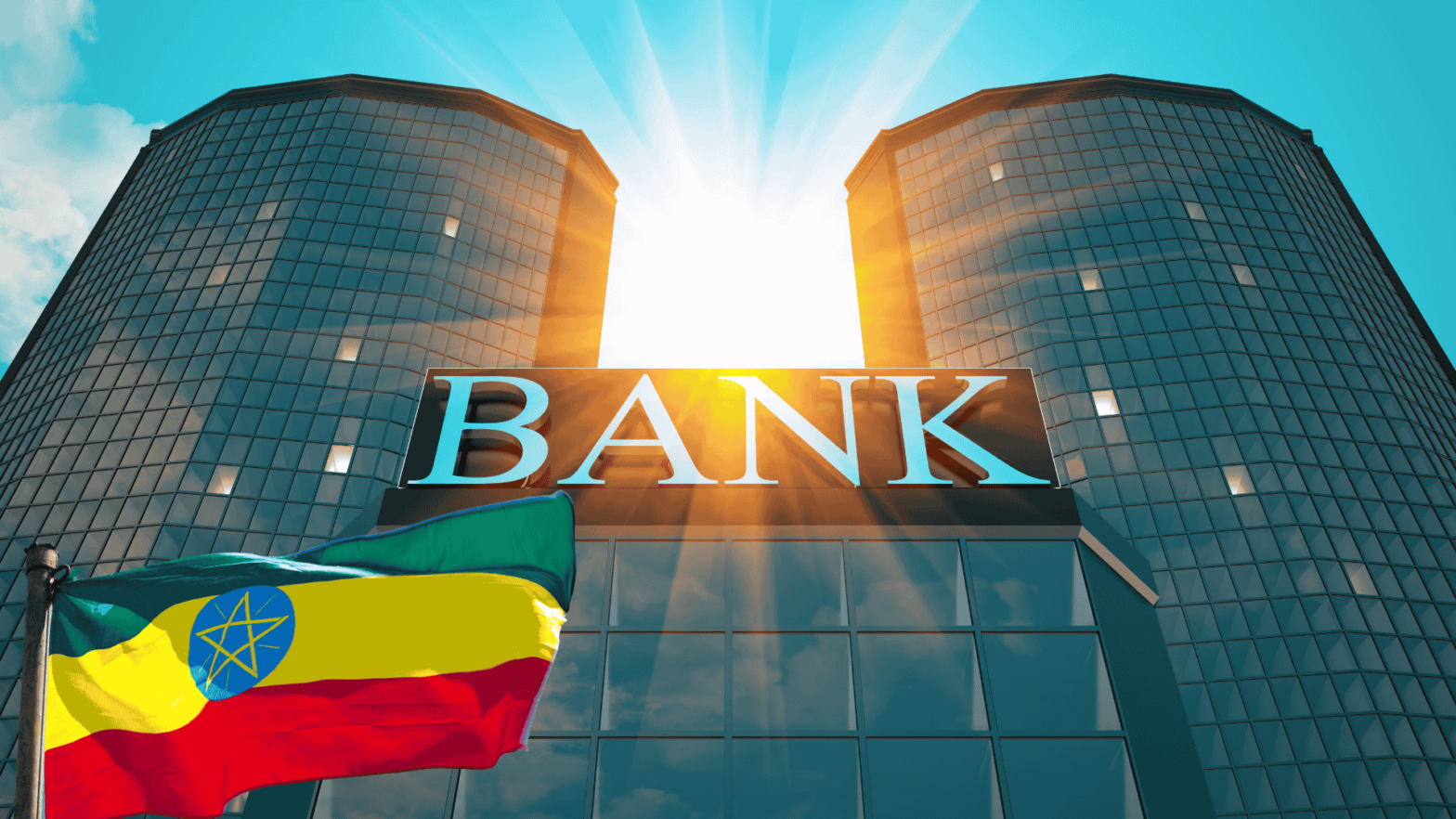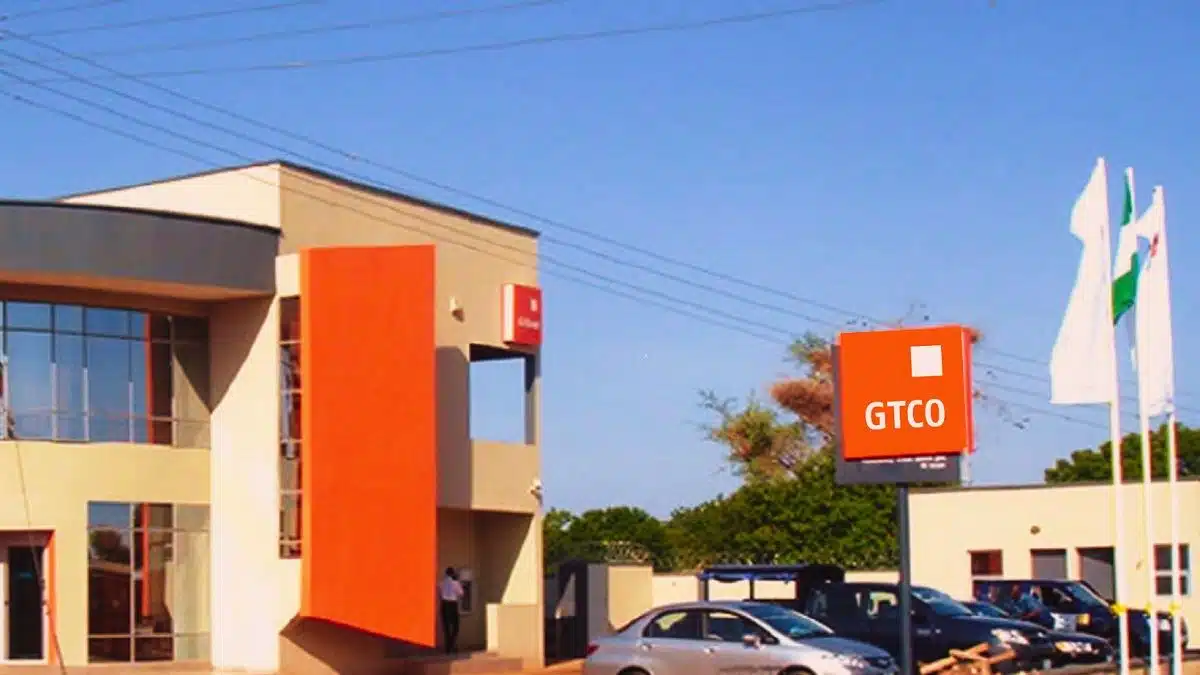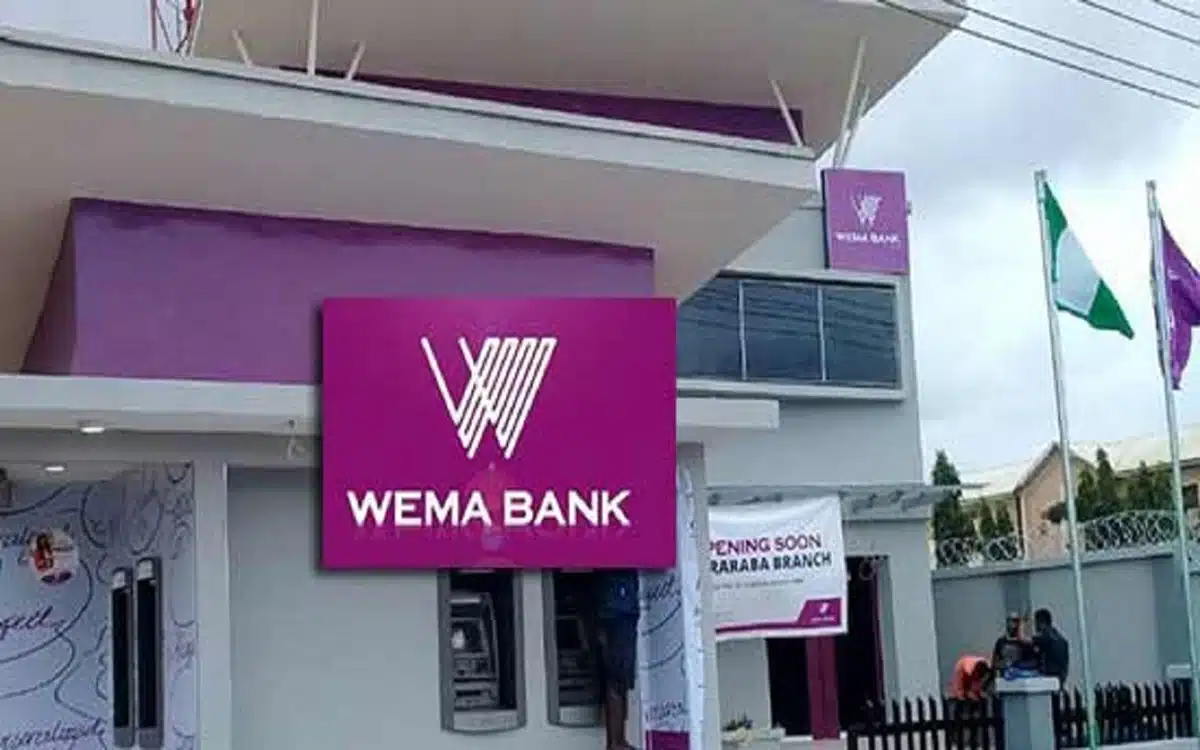Commercial banks in Nigeria once again given the bulk of their credit to the oil sector in 2024, sidelining non-oil industries that drive job creation and real economic growth.
Of the $382.3 billion (₦565.2 trillion) disbursed across the economy, oil took 35.7% — more than the combined allocations to five key non-oil sectors, according to data from the Central Bank of Nigeria’s (CBN) latest Statistical Bulletin.
Agriculture, the backbone of food security and employment in the country, received just 5% of total disbursements.
This imbalance underscores a long-standing bias that has slowed efforts to diversify Africa’s third-largest economy. Analysts suggest that banks’ risk aversion and profit-seeking strategies could explain the trend.
According to them, lenders often gravitate towards industries with established infrastructure and historically stable returns, such as oil, which they view as a safer bet.
By contrast, sectors like agriculture are often perceived as riskier, more so in Nigeria, due to severe security challenges, making them less attractive despite their broader economic importance.
Last year,, mining, power, transport and education were also among the sectors left on the margins by lenders.
Sectors with the lowest credit
Agriculture
Lending to agriculture remained muted in 2024 at $18.5 billion (₦27.4 trillion), a fraction of the $382.3 billion allocated to 15 key industries, despite its central role to Nigeria’s economy.
According to data from the National Bureau of Statistics, agriculture was Nigeria’s largest employer in 2023, absorbing 31% of the workforce.
The sector also remains a major driver of output, with crop production accounting for 17.4% of Gross Domestic Product (GDP) in the first quarter of 2025, following the rebasing exercise. Only trade contributed more.
Still, performance was sluggish. After contracting by 1.8% in the Q1 2024, agricultural output edged up by just 0.07% in the same period of 2025, highlighting weak momentum amid limited credit inflows.
Power and Energy
With a $13.5 billion (₦20 trillion) allocation, the power and energy sector received only 3.5% of total bank lending last year.
The sector, however, rebounded in Q1 2025, expanding by 18.6% compared to 2.4% in Q1 2024 even as the country’s electricity supply challenges deepened. With over 80% of its population lacking access to power, Africa’s third-largest nation loses approximately $29 billion annually to unreliable electricity, according to World Bank estimates.
This may explain why the sector’s contribution to the economy remains weak, with output accounting for just 0.35% of GDP in the quarter ended March, up slightly from 0.30% a year earlier.
Transport
Private transport companies received $10.6 billion (₦15.7 trillion) in bank credit, equivalent to just 2.8% of aggregate lending during the period, according to CBN data. Beyond the clear funding gap, the sector, which spans road, rail, air and water, faces headwinds from ageing infrastructure and rising insecurity.
Even so, transport activity grew 2.1% in Q1, lifting annual expansion to 14%. Its weight in real GDP edged higher to 0.99% from 0.90% a year earlier, underscoring its relatively modest footprint in the wider economy.
Education
Education followed closely with $743.7 million (₦1.1 trillion) in total bank credit in 2024, representing 0.19% of private sector lending.
Growth in the sector improved to 2.4% in Q1 2025 from 1.1% in the same quarter last year, though it continues to trail its peers. The sector’s GDP contribution was unchanged at 0.7% across both periods, reflecting persistent structural constraints.
Mining and quarrying
Among the revived industries, mining received the least credit, with lending amounting to $342.7 million (₦506.8 billion) or 0.08% of the total debt.
Nigeria’s mining sector remains largely underdeveloped despite the country’s abundant mineral resources including gold, limestone, coal, and bitumen. Mining activity slowed in the first three months of 2025, expanding by 2.9% compared to 4.8% in the corresponding quarter of last year. Its GDP share also contracted slightly, inching down from 4.23% to 4.22% .
Sectors with the highest credit
Oil and gas
Nigeria’s oil and gas sector remained the largest recipient of bank credit in 2024, drawing $136.6 billion (₦202 trillion), or 35.7% of total private sector lending.
Of this, $49.4 billion (₦73 trillion) went to upstream producers while $22.3 billion (₦33 trillion) supported service providers and contractors.
The industry’s dominance is underpinned by its role as the country’s primary source of fiscal revenues and foreign exchange. Yet, despite its scale, the sector’s real GDP contribution was modest at 3.9% in Q1 2025, expanding just 1.8% year-on-year compared with 4.7% in Q1 2024, according to rebased NBS data.
Manufacturing
Manufacturing attracted the most credit in the non-oil sector, receiving $75.3 billion (₦111.3 trillion) which is equal to 19.7% of total lending.
Still, credit levels fell far behind oil and gas allocations, highlighting a trend that has dominated banks’ lending patterns for decades.
The sector recorded marginal growth of 1.6% year-on-year in Q1 2025, up slightly from 1.5% in the same quarter last year. Its GDP contribution slipped to 9.6% from 9.7%, a reflection of persistent structural headwinds.
Finance, insurance and capital markets
Banks injected $51.9 billion (₦76.7 trillion) into the country’s financial sector, representing 13.6% of gross disbursements in 2024. The funding coincided with rapid growth momentum in the sector.
Real GDP growth surged to 15% in Q1 2025, compared with 13.5% a year earlier, while its share of national output rose to 3.6% from 3.2%. These figures highlight the sector’s strengthening role as one of Nigeria’s most dynamic growth drivers.
Trade and general commerce
Traders received $32.8 billion (₦48.6 trillion) in loans, equivalent to 8.6% of total bank credit in 2024, to sustain both domestic and cross-border flows.
In Q1 2025, trade overtook agriculture in Q1 2025 to become the largest contributor to output, accounting for 18.2% of GDP. However, growth momentum has slowed, with expansion moderating to 1.7% year-on-year, down from 2.2% in Q1 2024.
The deceleration reflects broader macroeconomic pressures, including fragile consumer spending and tight financial conditions, which continue to cap the sector’s growth potential.
Tight monetary policies constrain lending
Last year, the CBN intensified monetary tightening in a bid to mop-up excess liquidity, curb inflation and bolster the naira.
Under governor Yemi Cardoso, the apex bank raised its Monetary Policy Rate (MPR) by a cumulative 875 basis points to 27.5% last November.
Alongside rate hikes, the CBN ordered banks to park 50% of their cash reserves with the regulator and maintain a 30% liquidity ratio , effectively capping their lending capacity at around 20% of deposits. By December, bank lending rates peaked at 31.5%, significantly raising borrowing costs for businesses.
“At the current rate, people are running away from borrowing,” said Yusuf Muda, the CEO of the Centre for Promotion of Private Enterprise. “If you borrow at 30% as a small business, how are you going to pay back?”
The Lagos-based analyst made a case for increased development financing which offers single-digit loans. He argues that affordable, long-term funding targeted at small and medium enterprises (SMEs) will generate more jobs and spur real economic activity.
“And of course we need to improve critical infrastructure such as power supply, logistics and industrial facilities,” he added.“If addressed, business failure will reduce and more people will be able to borrow money and repay, thereby addressing the problem of loan defaults.”
In a measured shift from stability to growth, the CBN slightly lowered monetary rates by 50 basis points at its September meeting — the first reduction since 2020 — and cut the CRR to 45%.
However, industry experts caution the move may not be enough to make any meaningful impact as liquidity constraints persist and funding costs remain elevated.
Nigeria’s diversification drive
Despite weak credit flows to critical sectors, Nigeria’s diversification effort is showing signs of traction under President Bola Tinubu’s Renewed Hope agenda.
Non-oil exports climbed to a 49-year high of $5.4 billion in 2024, a 20.7% increase from the previous year, the Nigerian Export Promotion Commission (NEPC) said in April. The gains were led by stronger global demand for cocoa, cashew nuts and urea.
That momentum carried into 2025, with non-oil export earnings rising 19.6% year-on-year in the first half to $3.2 billion. The NEPC attributed the growth to increased market access through the African Continental Free Trade Area (AfCFTA) as well as targeted reforms designed to boost competitiveness.
Still, oil remains the mainstay.
Crude and other mineral exports accounted for 80.4% of total trade receipts in the first quarter of 2025, NBS data show.
Similarly, Nigeria’s $22.6 billion spending plan for the year relies on oil and gas for 51.3% of projected revenue, highlighting continued fiscal dependence on hydrocarbons.
Analysts, market watchers and other stakeholders have long advocated for a new national export strategy anchored on value addition to accelerate the shift to a more diversified economy. Processing key agricultural and manufactured products before export, they say, could unlock higher foreign earnings and strengthen Nigeria’s position in global trade.
Note: The local currency figures were converted to their estimated US dollar equivalent using the average exchange rate for 2024, ₦1,478.9/$1

